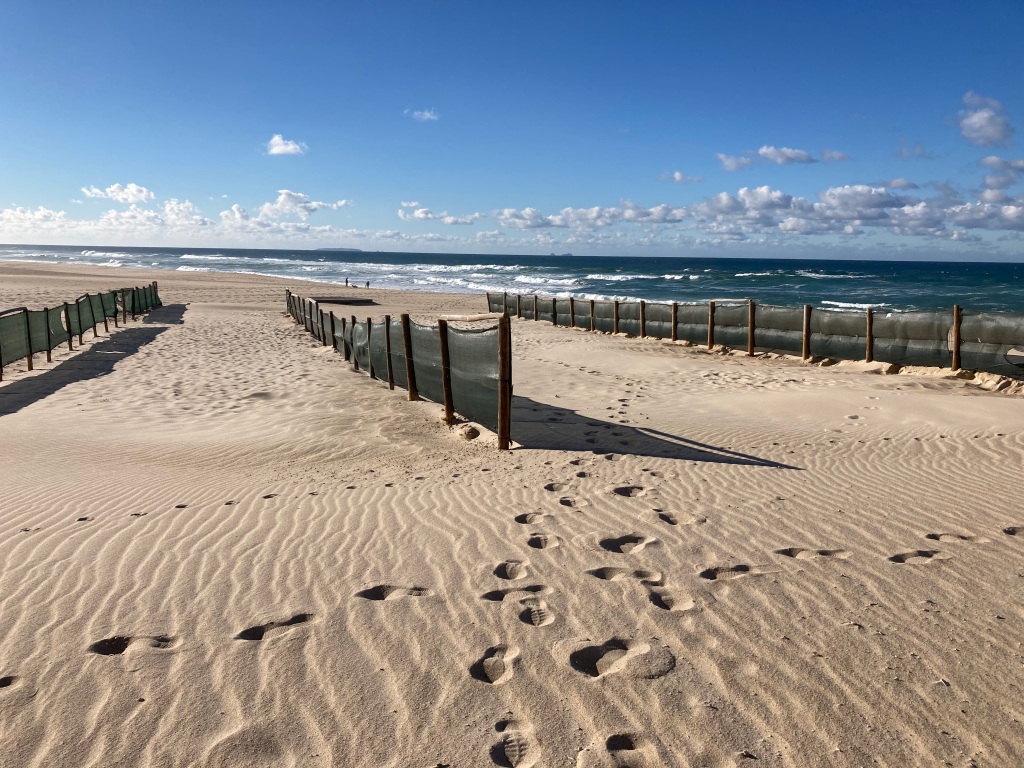
This summer I enjoyed being on the Silver Coast and having an opportunity to know part of this beautiful area of the country.
The sun was warm, the skies clear and the sea inviting.
The Silver Coast, also known as the Costa da Prata, refers to the stretch of coastline above Lisbon and below Porto dotted with towns and stretches of beautiful beaches. The term Silver Coast describes how the sun hits the water in the afternoons and reflects a shimmering silver sheen.

Caldas da Rainha and Foz do Arelho are a part of the Silver Coast with Obidos being slightly farther inland.
I will begin with Caldas da Rainha.
Caldas da Rainha was part of a region inhabited by the Romans beginning in the 3rd century BC and was called Lusitania. They enjoyed the sulfurous waters in the region. Later, with the Roman Empire withdrawing out of areas around the Mediterranean, invasions by Germanic tribes destroyed most of the Roman-built structures including the baths in what is now Caldas da Rainha. By the 13th century, the springs were known as “Caldas de Óbidos”, after the town of Obidos. During this time, a Benedictine order took care of the poor, lepers and those with arthritis and similar conditions, who sought the healing waters for their ailments.
The legend has it in 1484 Queen D. Leonor, wife of King D. João II, on her way to Batalha for her father-in-law’s funeral, rode by what is now Caldas da Rainha and saw a group of people bathing in hot waters. She asked why they were drawn to the water and was told they were healing waters that cured many diseases. The Queen decided to bathe in the thermal spring water and felt relief from her rheumatoid arthritis.
Queen Leonor decided to build bathing facilities at the spring as well as a hospital for others suffering from related maladies.
Around the hospital a village was formed, which came to be known as “Caldas da Rainha” (The Queen’s Hot Springs).
The town continued to grow when it became fashionable to take a holiday near the waters.
During WWII, the town was chosen as a place of refuge by Europeans fleeing from persecution by the Nazis as were many other parts of Portugal particularly Cascais and Estoril.
Later it was decided to create a park where patients taking the spa waters could walk during their treatments in pleasant surroundings.

What was previously in that location were vineyards and olive groves.
In 1889, the architect Rodrigo Maria Berquó transformed the area into a garden where people, brought to the town by the extension of the rail system, could enjoy walking through this beautiful setting, listening to music and boating on the lake.
The park continues to be a refuge from the busy world around it with festivals and special events in the spring and summer.
My favorite part of going into town is to visit the Praca da Fruta which is the produce market in Caldas da Rainha. The market is open six days each week with fresh vegetables and fruit, baked goods, flowers, plants, baskets, olives, nuts and dried fruits with a cheese shop, a fish market and two butchers nearby. Needless to say, the produce is excellent along with the baked goods, dried fruits, olives and nuts.

Surrounding the plaza is a very interesting hardware store, Joaquim Baptista, which was established 80 years ago, as well as cafes, shops and an art gallery.
I enjoy going to the market, completing my errands and stopping for lunch and a coffee before heading back to Foz do Arelho.
The small streets surrounding the plaza will surprise you with beautiful building facades created during the time of the two great escape to the area by Europeans.
Foz do Arelho
Heading west is a pleasant 15 minute drive to Foz do Arelho.


As you take the curve down the road towards the beach, the sight can take your breath away of a shimmering sea on a bright blue day with cliffs in the background.

With a closer look, you see surfers along the coast, people kite-sailing off the cliffs and towards the lagoon, you can catch the sight of kite surfers with their colorful sails appearing to float in the air.
Going down the hill and along the circular drive, on the right you will see two popular cafes, Runas, my favorite, and Doce Mar.

In the summer you will see a row of blue and white stripped tents along with brightly colored beach umbrellas.
This is my favorite place to spend a lazy Sunday afternoon, reading, following the surfers as they ride the waves to the shore and watching the people as they walk by.

Along this stretch of beach are restaurants with decks filled with chatting diners. My favorite along this way is the family run Europa, specializing in grilled fish and seafood. The service is superb and the grilled entrees are delicious. My favorite is the grilled octopus.



Continuing down the road, you come across the lagoon, Lagoa de Obidos. There you see families with small children playing in the water, the kite surfers, on a windy day, and people hunting for clams. Here also are two restaurants and a cafe. I particularly like Tavola.
In the early mornings you may see men fishing along the shores of the ocean and lagoon.


Farther down the road is the town proper, with a post office, civic offices, a veterinarian, small grocery shops, several cafes, a butcher and many colorful houses.



Obidos
If you were to take a road around the lagoon, you would find yourself in Obidos.

Óbidos was strategically important over the centuries.
The Romans established an encampment on the top of the hill which has views extending for miles in every direction. With the fall of Rome, the Visgoths took over the territory and it remained in their hands until the Muslims arrived in the 8th Century. At that time, the outpost was turned into a town. A wall was built around the settlement and they fortified the Roman outpost at the top of the hill, turning it into a castle.
This era ended in 1148, when Afonso Henriques, the first king of Portugal, conquered it and integrated the town into his Kingdom.
There is a very romantic story about Obidos. In 1228, King Dinis I took his wife, Queen Isabel, to Obidos and she fell in love with the town.
He then offered it to her and it became part of Casa das Rainhas (Queens’ Estate).
Much later, in the early 1970’s, the village was a center of government and a meeting place for those involved in the 1974 Carnation Revolution.
Now tourists visit this small town throughout the year.

I enjoyed a walk around the town with its cobbled streets, trying my best to avoid areas crowded with tourists. It is a peaceful town with small houses built hundreds of years ago and magnificent views of the valleys below.
UNESCO designated Óbidos as a Literary City in 2015. There are fourteen bookstores one of which is located in an old church and another shop, just past the gates of the town, is run by expats, the Silver Coast Volunteer Book Exchange.
There are several events throughout the year including the International Chocolate Festival, the Medieval Market and Christmas Festival, when the town is filled with decorations. There is also the Harpsichord and Baroque Classical Music Season
In addition there is the International Literary Festival held in late September, early October, and next summer will be the International Piano Master Classes and Festival.
While you’re in Obidos, you might also enjoy the Ginjinha de Óbidos (sour cherry brandy), which is usually served in small chocolate cups.

Not far from this wall encircled town is the Praia D’El Rey golf course with gorgeous views of the ocean.
I plan to go back to Obidos soon to explore more of the town and its surrounds.
This is a highly recommend day or two of enjoying a sliver of the Silver Coast.
Dora Taylor
Post Script:
Additional photos of Foz do Arelho:







Please note:
I am offering a class on the architectural history of Portugal. For more information about the class, please see this page.


Dora, This is a lovely introduction to the area you now call home. Bjs, Paige
LikeLike
Thank you for relaying the beauty and history of this area. I look forward to visiting and also appreciate that you mentioned the various cafes where you can savor the wonders of Portugal.
LikeLike
Great post. We miss you. Looks like you are having a good time.
Howard
Sent from my iPhone
LikeLike
I would like to know what your thoughts are on moving to that area. I am 67 enjoy Hiking (Liight) Biking, Beaches, exploring, basket weaving, swimming and many others . Was it difficult to find a social group or activities?
LikeLike
There are several FB groups in the area. There is one for the Silver Coast, one for Caldas and one for Nazre along with the Silver Coast Volunteer group. Each group is very active through out the year. Personally, I have made friends with many Portuguese who live in the area, expats from Egypt, Poland and Great Britain via Indonesia. Overall, I have found it easy to make friends in different parts of Portugal.
If you decide to move to this area, you will have a friend in me.
There are many people who bike around here. It’s relatively flat from where I live going along the lagoon (I don’t like hills 😉
On the FB pages, someone always seems to be organizing a hike or other activity.
Basically, you can be as involved and socially busy as you want to be.
Dora
LikeLike
WOW. What kind of camera do you use? I loved Obidos, too, and can’t wait to go back!
LikeLike
I use my iPhone for all of my photos. It’s a simple iPhone SE.
LikeLike
Loved your blog. I’m moving to the area after the first of the year. I will be living in Nadadouro. It’s such a lovely area.
LikeLike
Yes it is.
LikeLike